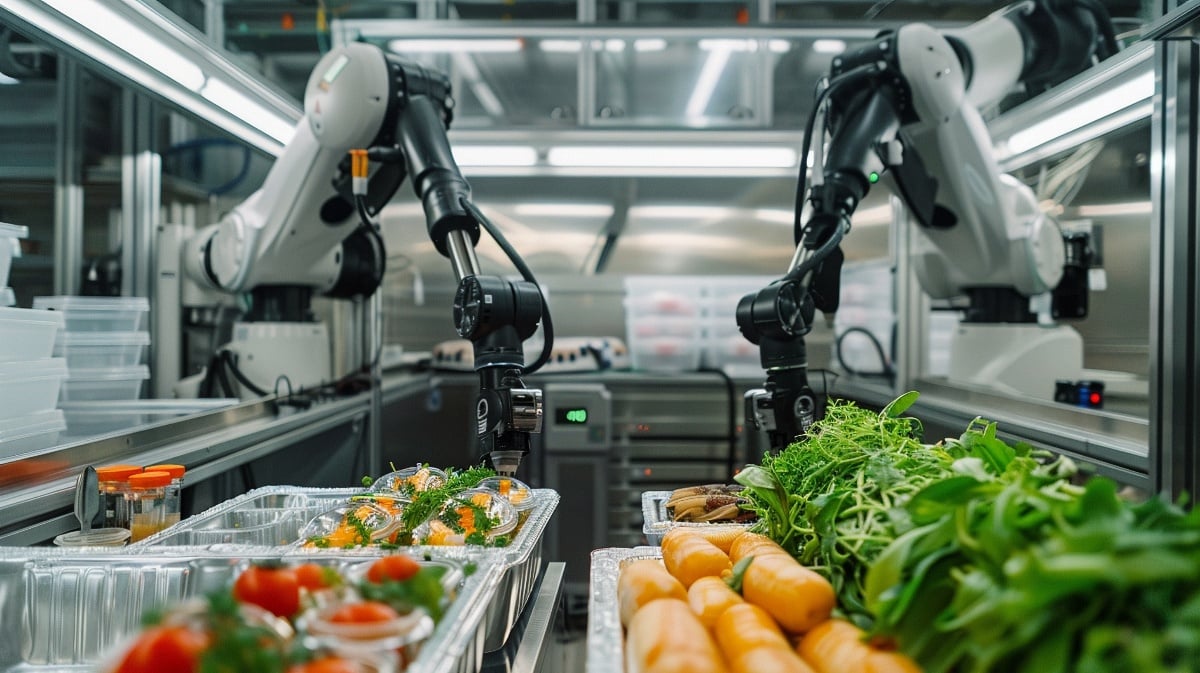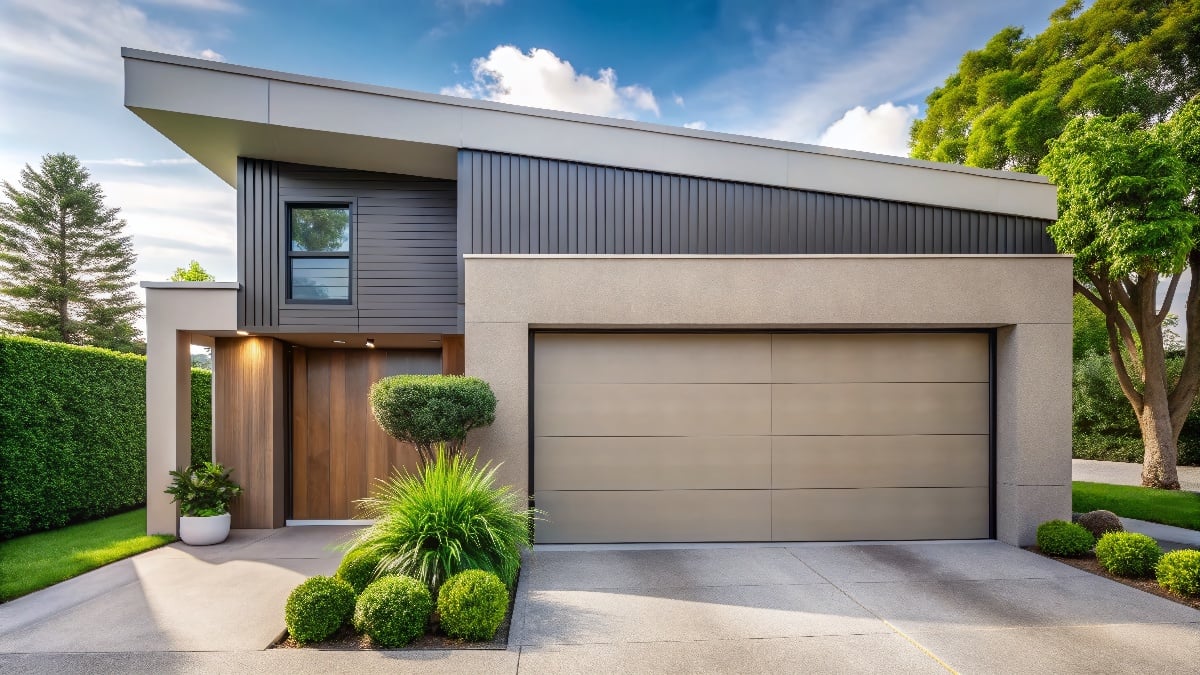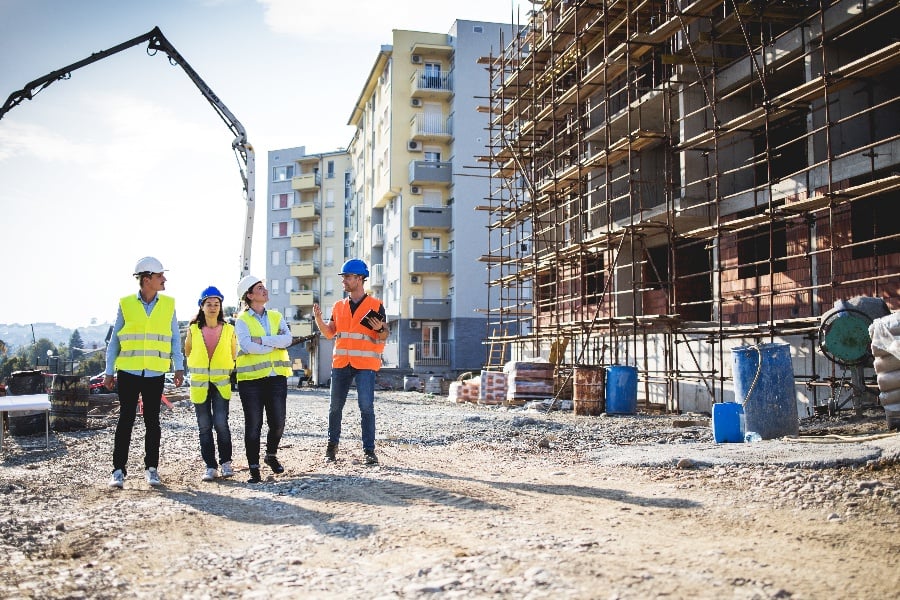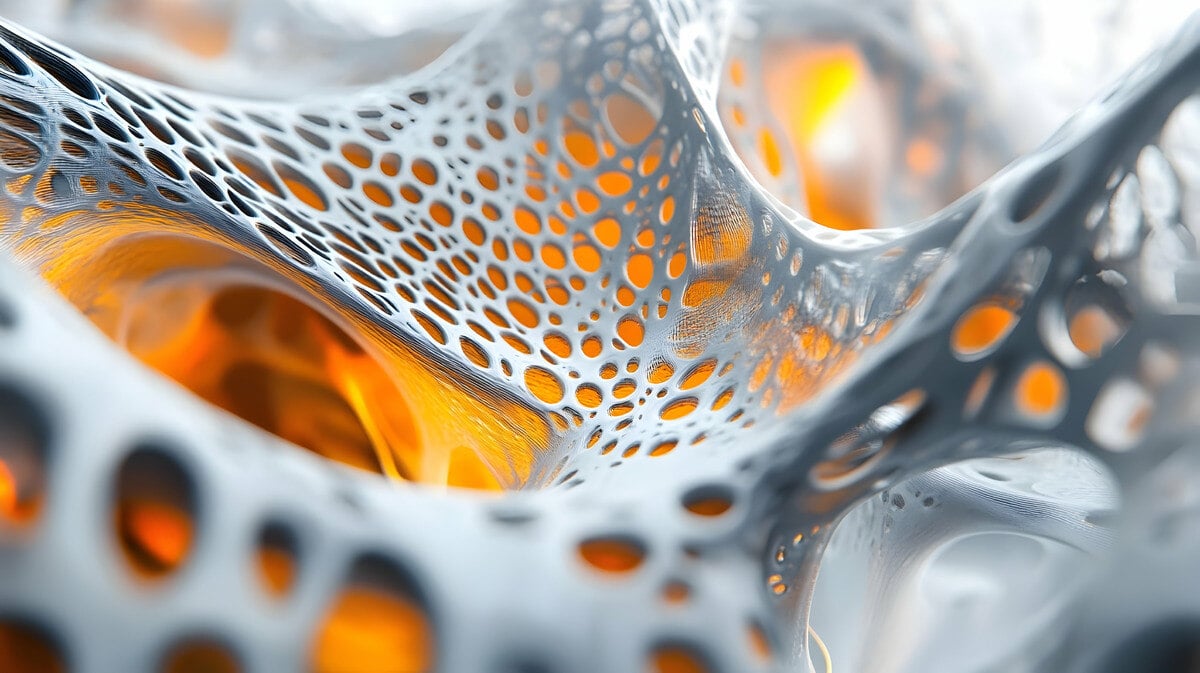
There is no denying that fiber reinforced polymer (FRP) composites are changing the face of manufacturing. Currently, the global composites market size is pegged at $90.6 billion.
By 2024, it’s expected to grow to $131.6 billion at a CAGR of 7.7%. That’s a huge increase, but not a surprising one if you understand the benefits of using FRPs.
There is a range of advantages to using FRPs over traditional materials, which is why their popularity is increasing.
From the ease of manufacture and exceptional performance properties to their sustainability, design flexibility, and cost-effectiveness, FRPs are the perfect option for any project.
Applications
Currently, the largest market for FRPs is in the automotive industry. However, pultruded products are commonly used across a range of industries with exceptional results.
Along with automotive, FRPs are used in architecture, consumer electronics, mass transit, aerospace, construction and infrastructure, and many other areas.
There are many unique advantages to using FRPs, but one of the key advantages is their versatility of application.
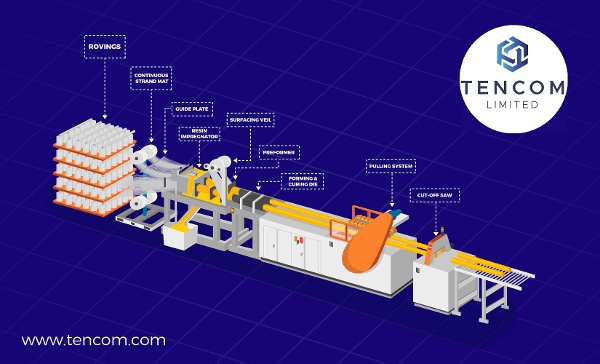
So whether you’re looking to manufacture road signs, window reinforcements, sporting goods, or car bodies, Tencom has a solution for you.
Manufacturing Advantages
A key reason to choose FRPs for your next project is the advantage inherent within their manufacturing process – especially within pultrusion.
Pultrusion is an automated composite manufacturing system that pulls fiber rovings through a resin bath. The resin impregnates and reinforces the fiber rovings which are then cast and set to your desired shape.
The liquid resin permeates the material and impregnates it with a range of technical and performance properties dependent on the resin used. Once saturated, the material is cured (polymerized) and your FRP is ready for deployment.
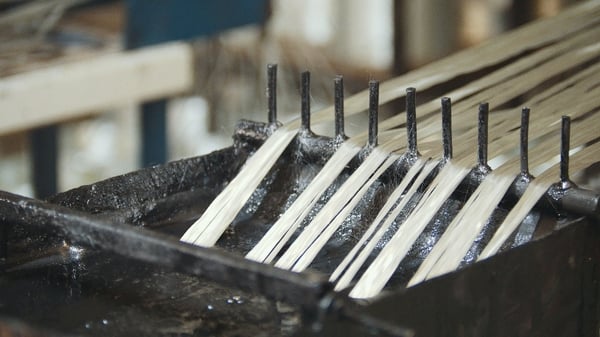
By and large, there are two broad categories of polymer end-product─ thermoplastic and thermoset. The unique properties of thermoplastics and thermosets are as their names indicate─thermoplastics become ‘plastic’ at certain temperatures and can be reshaped and set many times.
Thermoset materials are ‘set’ in shape and do not have a melting point, so the shape it takes on during initial polymerization will be its shape forever.
To learn more about Tencom’s unique pultrusion system, read their guide here.
The pultrusion process takes very little time, produces consistently high-quality products, and can be done on a very small or large scale without compromising quality and consistency.
Performance Advantages
When it comes to performance, FRPs are revolutionizing the manufacturing world. If you need a product to fulfill exacting safety and performance requirements, FRPs are your best bet.
Depending on the fibers and resin matrix used, your product can have greater tensile strength than steel or concrete, weigh less than any other material on the market, and have fire-retardant properties.
And these are just a few examples of the performance properties FRPs can have.
For example, Markets and Markets found that doors and windows made from FRP composites are resistant to acids, salts, alkali substances, and extreme temperature variations.
They’re low weight, have electrical and temperature insulation, and strong stiffness ratings; and if that doesn’t convince you, they’ve proven to remain the same quality and color for an average of 60 years.
Because of their superior performance qualities alone, FRPs are a brilliant option to consider for your next project.
Environmental Advantages
Sustainability is becoming increasingly important to consumers and manufacturers alike, so it’s no surprise that FRPs are innovating to meet these needs. One of the ways FRPs are meeting these requirements is their durability.
The durability of FRPs alone is an environmental advantage. Because these products are so durable, they’re not as frequently replaced as products made from traditional materials like concrete and steel.

This means less waste in the long run as they don’t degrade and need replacing nearly as much.
However, their durability also causes some concern when they are eventually discarded. Unfortunately, around 30% of carbon fiber ends up in landfill.
This is a huge problem, but one that is being addressed in the form of recycled carbon fiber (rCF). Being able to recycle composites is a huge part of their sustainability and the development of this technology will further fuel the popularity of FRPs.
As well as their durability and increasing recyclability, industries like aerospace and automotive are being impacted in a less obvious way. The lowered weight of composite products compared to traditional materials lowers fuel consumption in a range of vehicles, which in turn reduces CO2 emissions.
Because of these factors, FRPs are a great option for companies looking to reduce their global footprint.
Design Advantages
Another advantage of using FRPs over traditional materials is their design flexibility. Unfortunately, unusual forms aren’t always possible when using traditional materials. This is where FRPs come in.
FRPs offer a degree of design flexibility that traditional materials do not, giving designers and architects more freedom of creative expression than they otherwise would have.
FRPs can also be custom colored during the production process or painted after their production, which means designers don’t have to compromise on looks or finish when designing with FRPs.
When coupled with their durability, the design advantages of FRPs allow for unique designs that are not always possible with traditional materials.
Economic Advantages
One of the key advantages of using FRPs is its economic advantages. Put simply; pultruded products are cheap to manufacture.
Compared to traditional materials, FRPs cost far less to produce. So not only do they have superior performance properties, a better environmental impact, easy manufacturing process, and great design options, they’re also cheaper to produce than their competitors.
Because of this, budgets can be tweaked and money can be reallocated entirely without compromising quality, performance, or the number of units.
Because of these many advantages, there is no denying that FRPs are changing the face of product manufacture and the industries they’re being applied in.
With their easy manufacturing process, exceptional performance properties, sustainability, design flexibility, and cost-effectiveness, FRPs are the perfect option for any project.
So if you’re interested in using FRPs for your next project and would like to talk to some of our experts, contact us to see how we can help.




